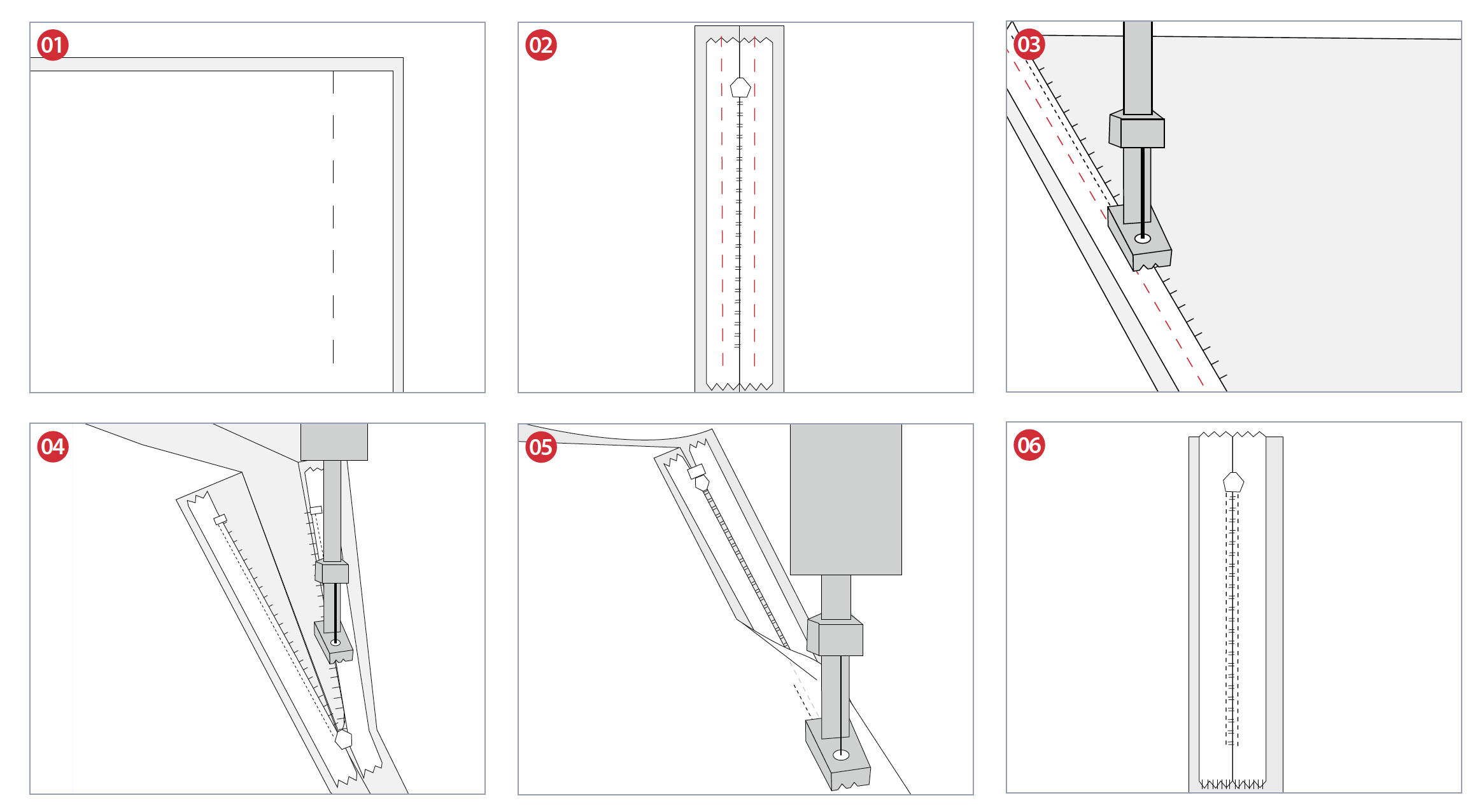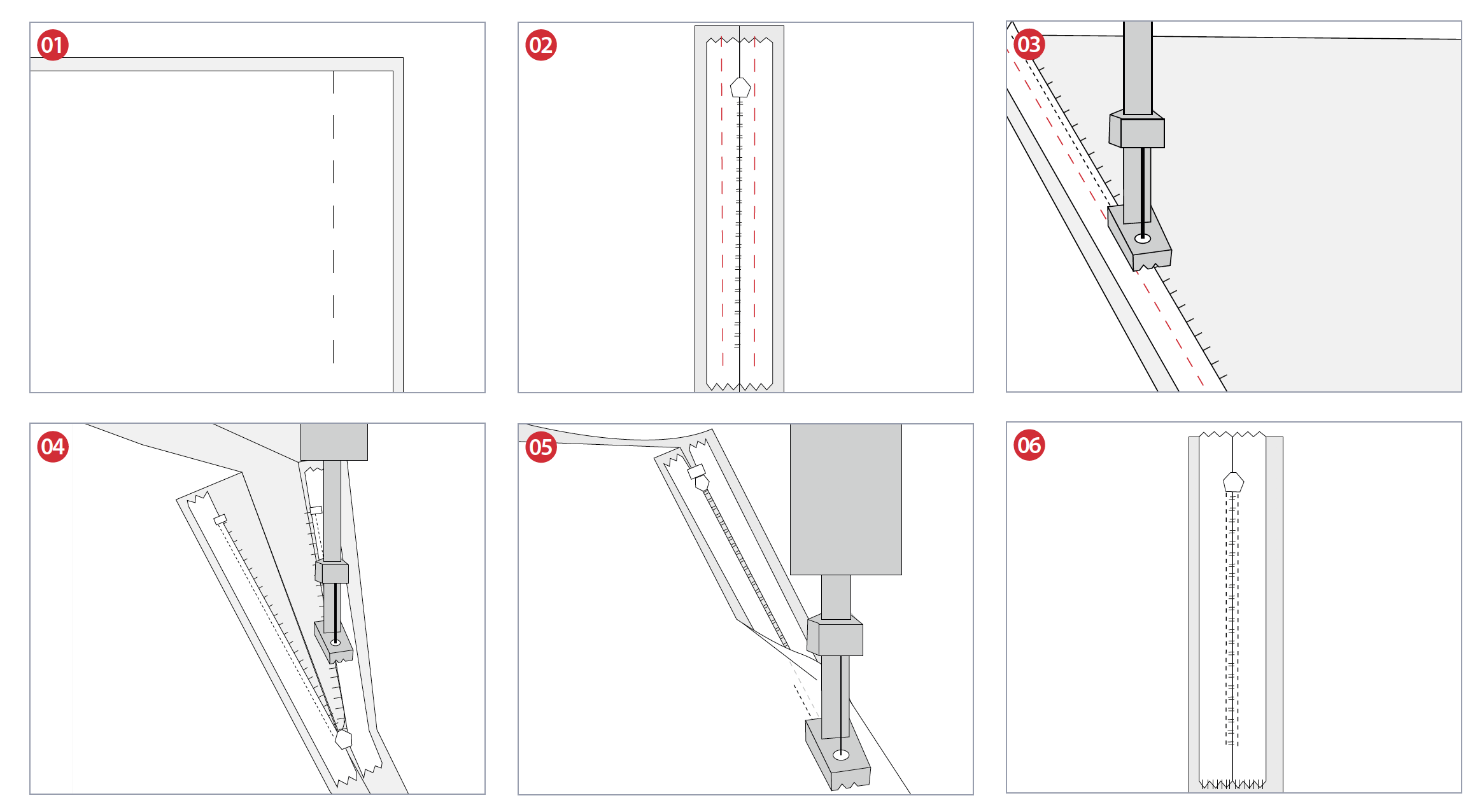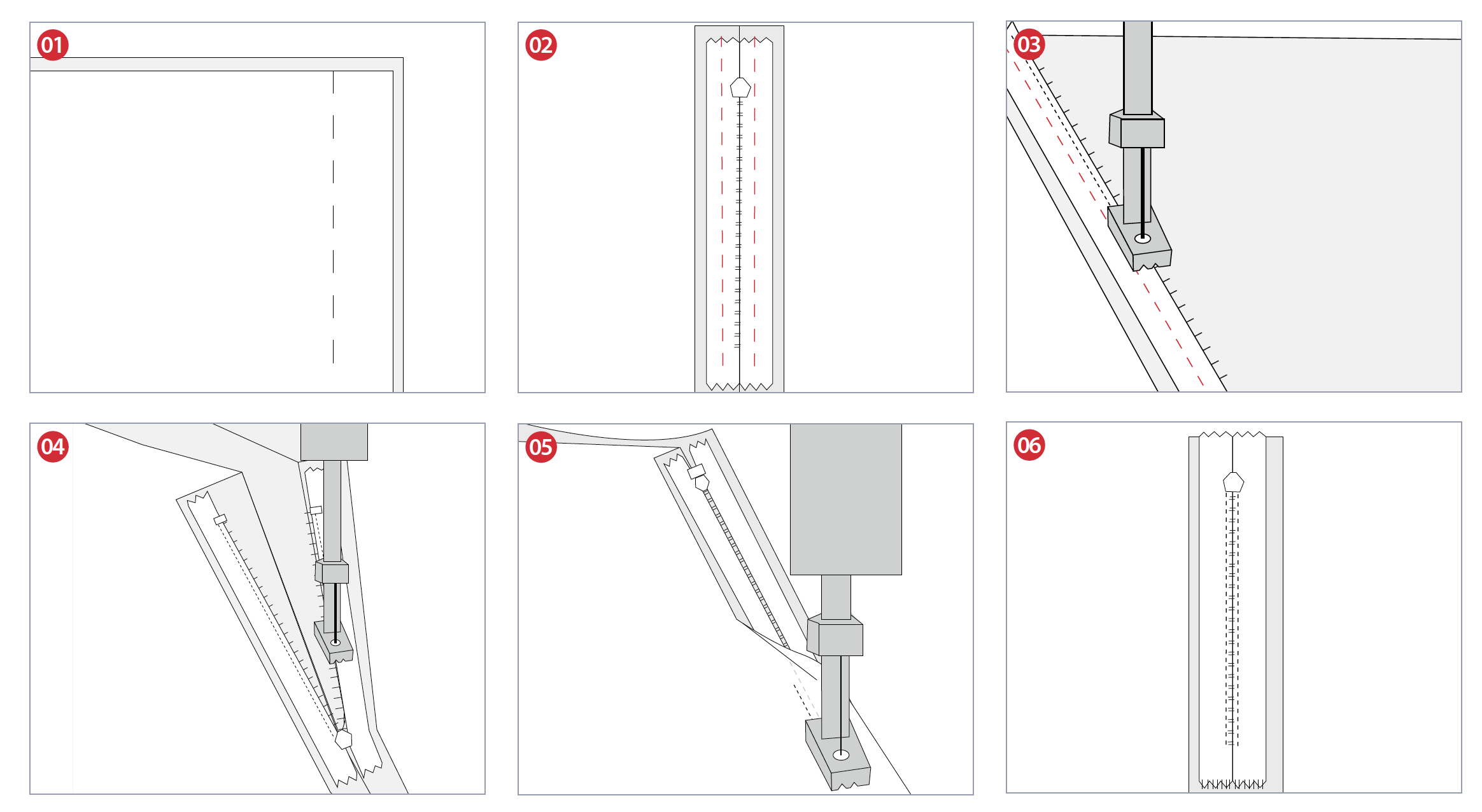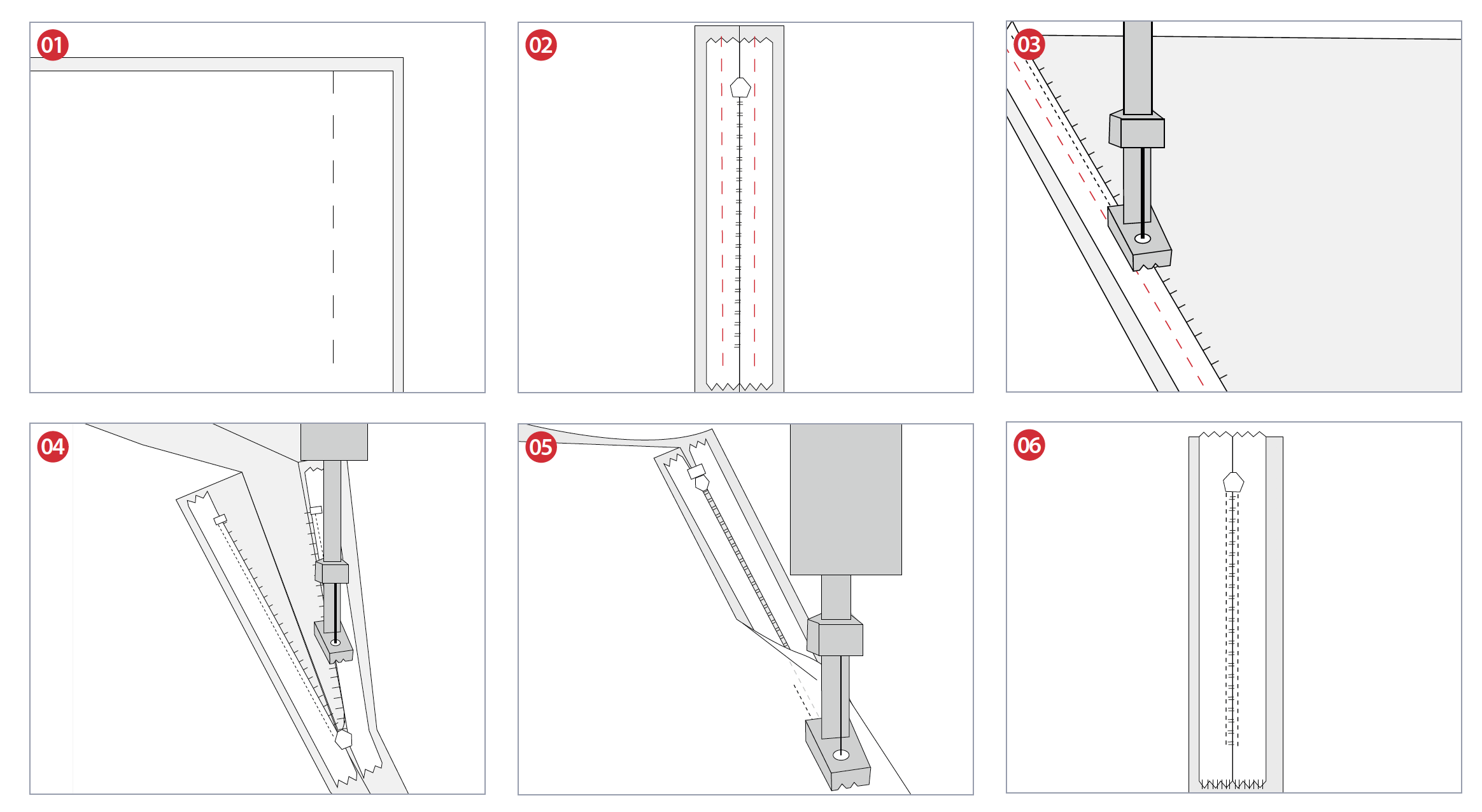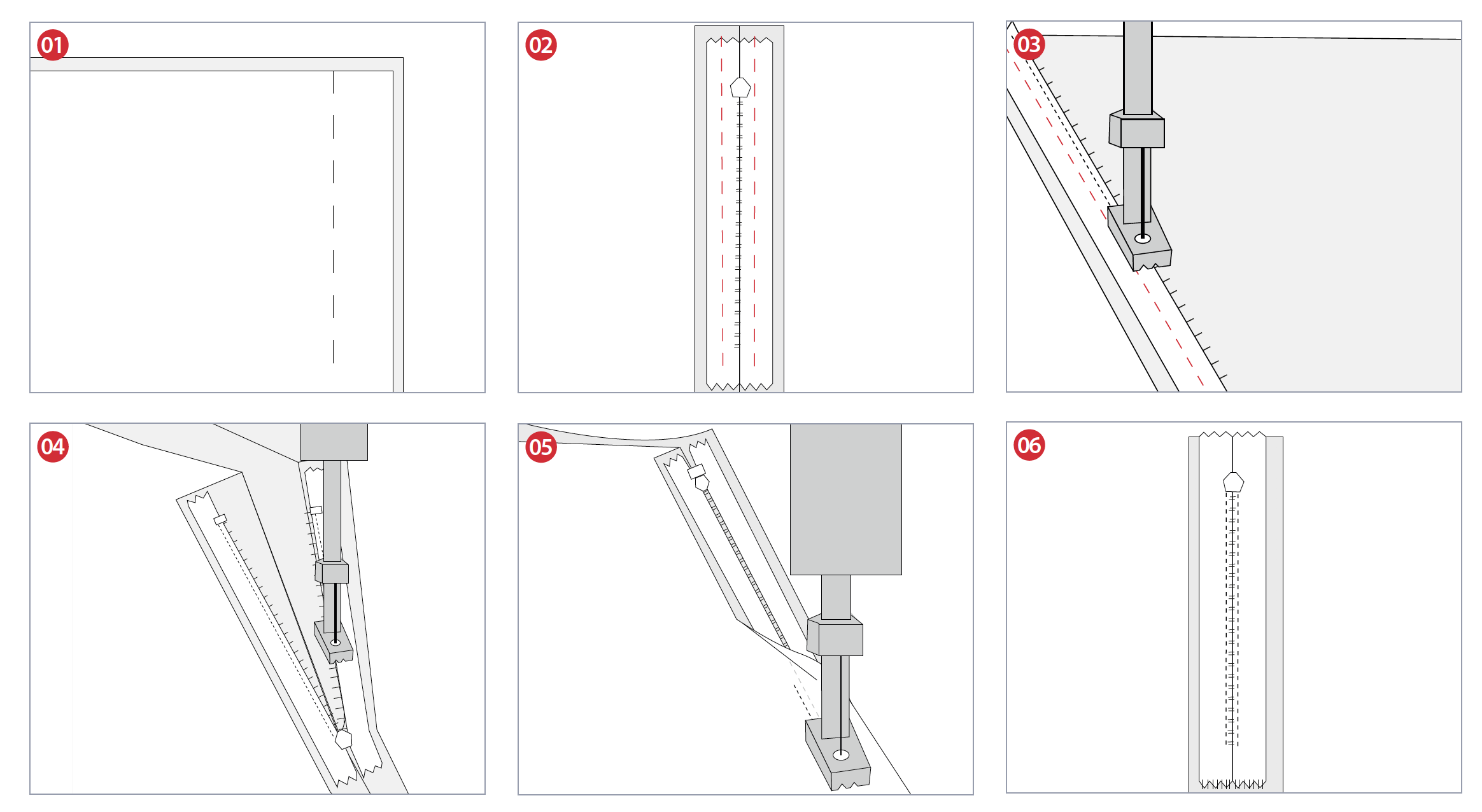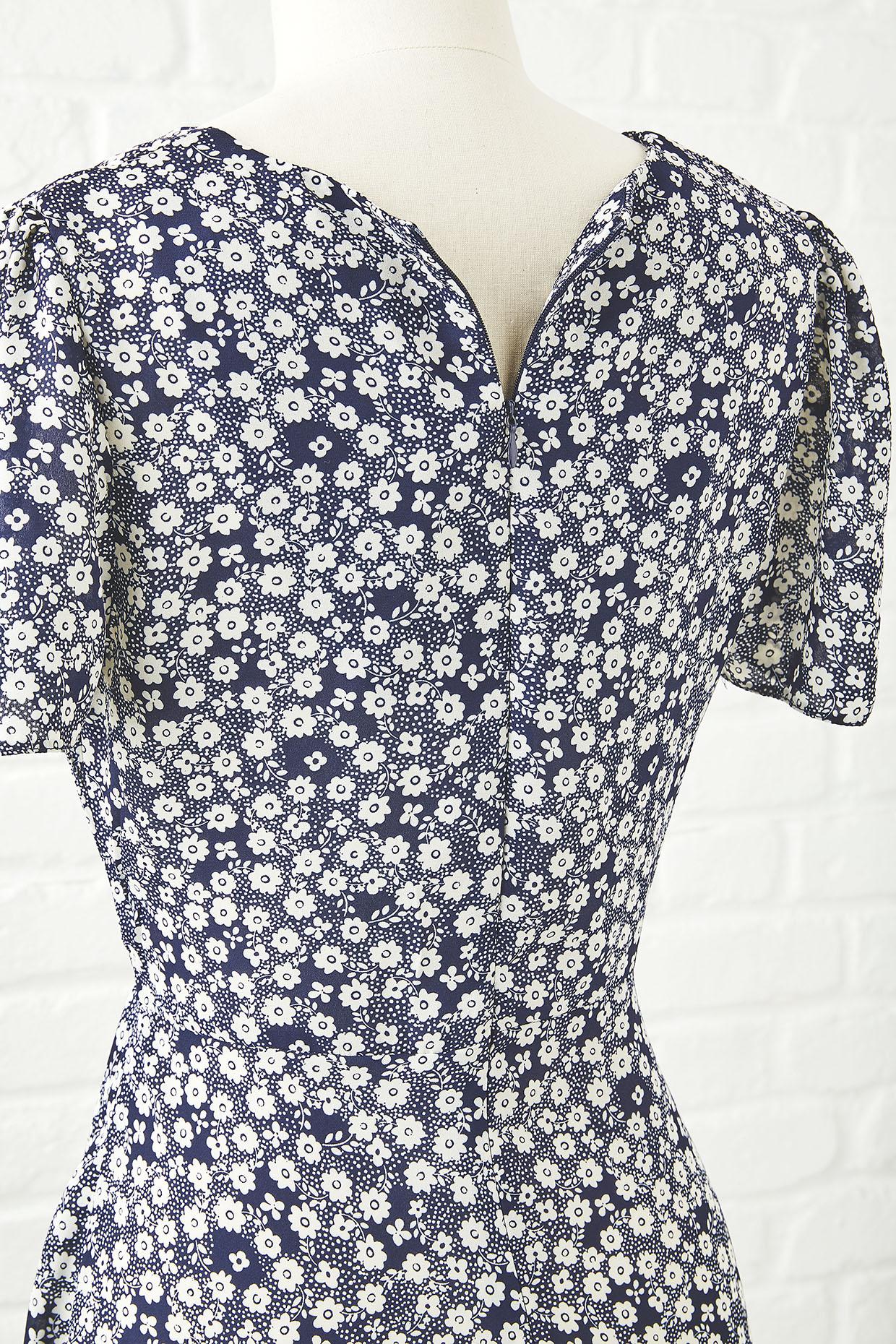Invisible or concealed zips are hidden within a seam and give your garments a neat, professional look. It's a brilliant sewing technique that has been used on The Great British Sewing Bee many times!
Before you start learning how to insert an invisible zipper we'd recommend learning how to sew a zipper first. Our beginner's guide will give you all the basic knowledge that will help you in this tutorial.
We're here to give you a masterclass in invisible zippers. We're covering to cover what they are, why they're great, and show you step by step how to sew them. We even have a handy invisible zipper tutorial for you to sew along with.
How to insert an invisible zipper – video tutorial
Follow our invisible zipper guide and you'll feel like a pro sewist in no time!
Your complete guide to invisible zippers
What is an invisible zipper?
Invisible zips are commonly used in skirts and dresses where you don’t want the zip to show and need a smooth, neat finish. The only part that can be seen from the outside is the zipper slide. They also work well on cushion covers for a seamless look.
They are nylon coil zips with the coil on the back of the zip rather than the front so its teeth are hidden behind the tape. They’re the easiest zip to insert as long as you work carefully.
It’s best not to use them for thicker fabrics or items which will have a lot of strain as they could break if put under too much pressure.
They should be sewn into a seam before you sew the seam above or below it as you’ll get a neater result and it will be easier to insert the zip when the fabric is flat.
Buying a zip
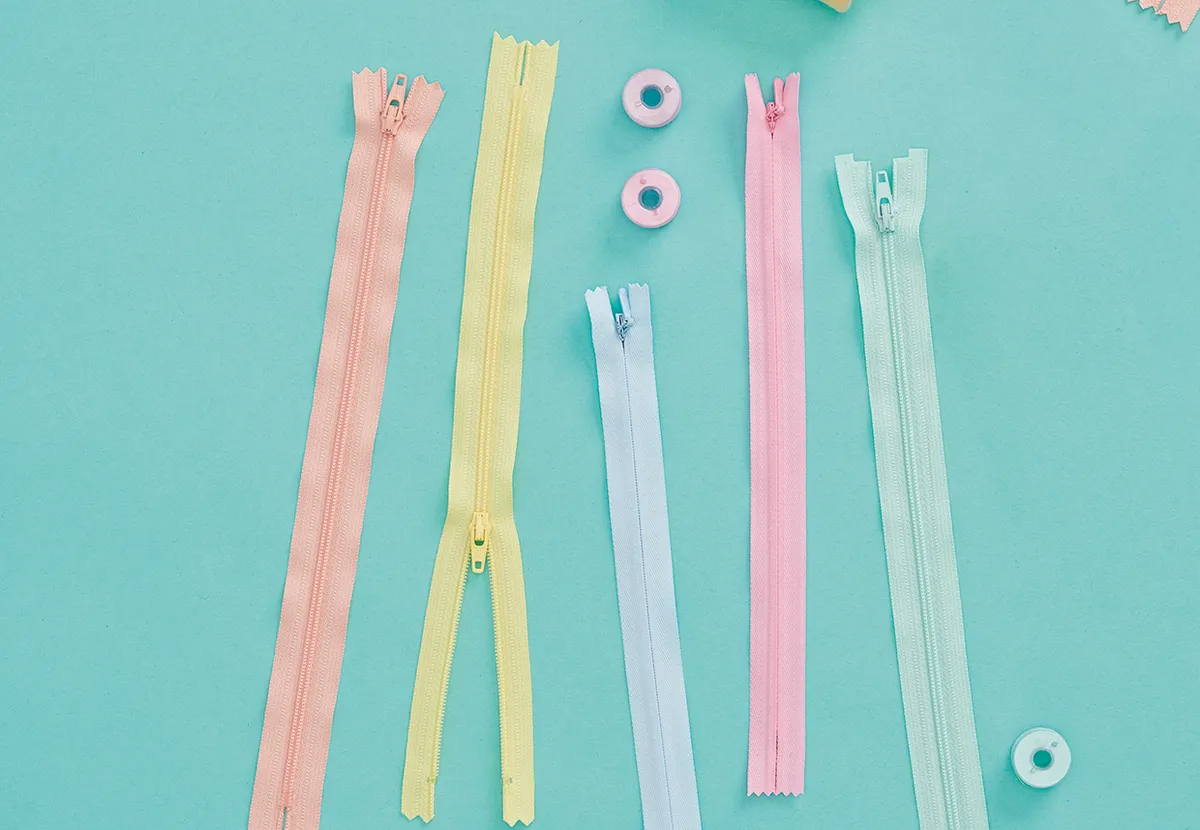
There are different weights, lengths and colours of invisible zips available to buy. Choose one in a colour to match your fabric and a little longer than the seam you want to sew it into for a neat finish at the bottom.
Lightweight and transparent nylon concealed zips are available, which you can use for sheer and lightweight fabrics. Invisible zips can be bought from most craft and haberdashery shops or online.
Preparation for sewing a zipper
If you are inserting a zip into a lightweight or stretch fabric then press a narrow strip of iron-on interfacing to the wrong side of the seam allowance only. This won’t be seen from the front but will stabilise the fabric and stop the seams from puckering as you stitch.
If your garment isn’t going to be lined or the fabric frays a lot then it’s best to finish the edges of the seam allowance that the zip is going to be stitched to with a zigzag stitch. Head over to our sewing for beginners guide to learn how to do zigzag stitch.
It’s really important to get the placement of the zip correct so that the teeth lie just beneath the seam allowance and are hidden from the front. There are several methods of doing this and everyone has their preferred one.
Most people pin one side of the zip tape in place then stitch it on, then repeat on the other side.
Using the method of stitching the seam first before you pin and tack then unpicking it does take a little longer but ensures a neat placement.
It’s important that the zip matches at the top and that any horizontal seams that the zip passes through, such as waistline seams, match up perfectly when the zip is done up.
Do I need an invisible zipper foot?
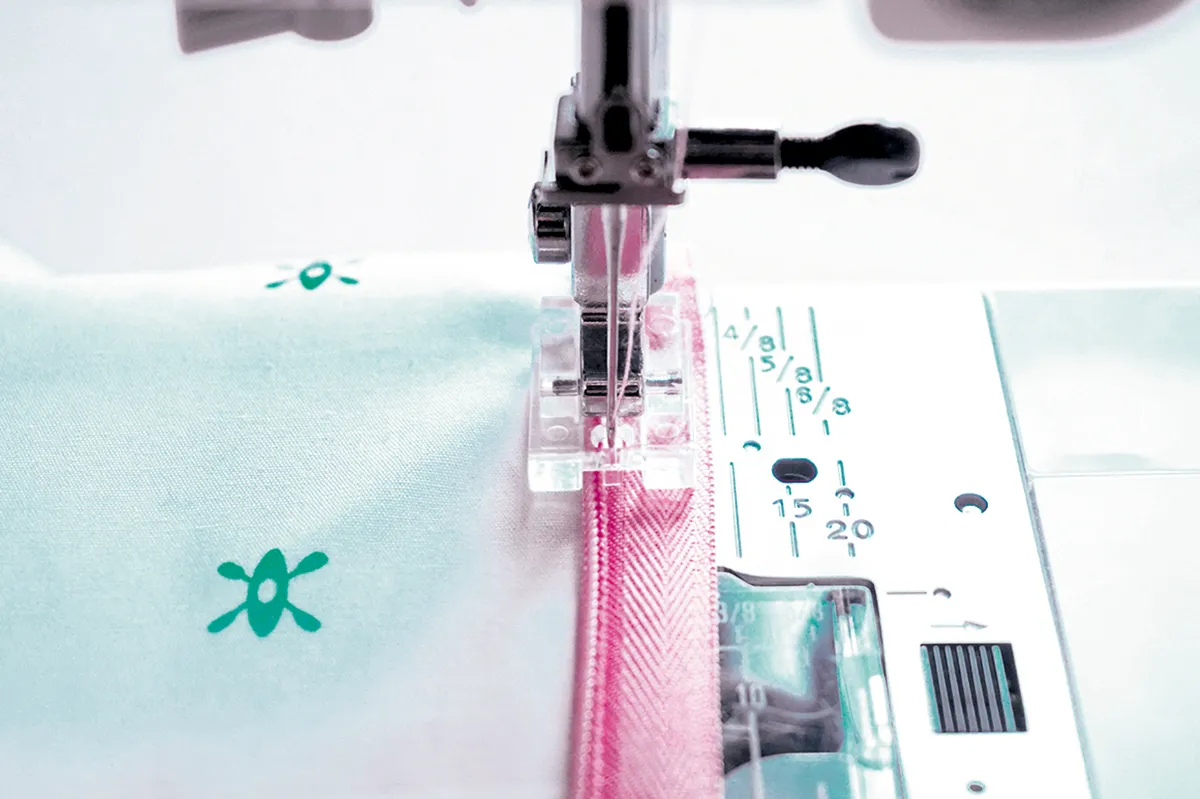
In short, for our tutorial, no. If you don’t have an invisible zip foot you can use an ordinary foot instead. An invisible zipper foot will uncurl the invisible zipper teeth while stitching on, but if you iron the invisible zipper first you can unfold it.
Be careful to not have the iron so hot that you melt the teeth.
Invisible zips are attached in a different way to standard zips and are sewn onto the right side of the fabric. It’s easiest to use a special invisible zip foot. These have two small grooves at the bottom for slotting the zip teeth into as you stitch.
Make sure you buy one that fits your sewing machine brand and model as they do vary.
